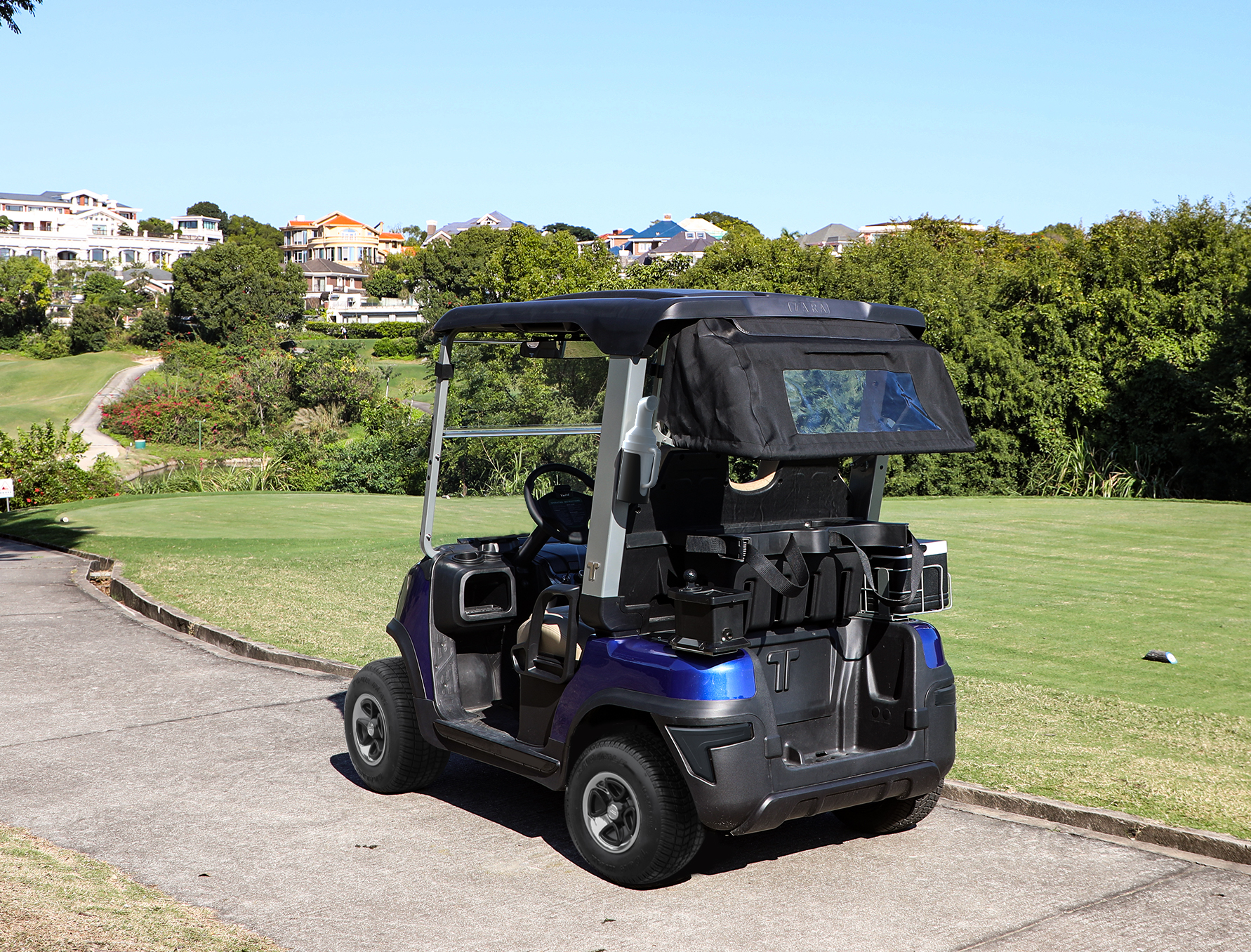-
Shopping Tools
-
Care & Maintenance
-
About
-
Dealer Login

In big plants, nimble carts shrink walking time, cut costs, and keep logistics cleaner, quieter, and safer from shift start to shift end—boosting throughput every day.
Large factories are essentially indoor cities. Moving people, parts, and tools quickly across long aisles and between departments is where an electric golf cart shines. Compared with fuel vehicles, electric platforms offer lower operating costs, minimal noise, and the ability to work safely indoors with zero tailpipe emissions—ideal for assembly halls, warehouses, and mixed-production environments.
Production targets live or die on minutes saved. Electric carts deliver smooth, stop-start torque for short shuttles, predictable range for scheduled routes, and compact footprints that navigate narrow aisles without disrupting forklift lanes. Fewer moving parts mean less downtime, while quiet operation improves communication and focus in quality-critical areas.
Focus on ergonomics (seat height, step-in, steering reach), cargo capacity, turning circle, and battery type. Lithium packs offer faster charging and consistent performance across shifts; lead-acid is proven and economical with proper care. Either way, pick a chassis that fits your aisles and doors, and accessories that match your daily jobs.
For sprawling plants, an electric golf cart is more than a people mover—it’s a productivity tool. Lower energy and maintenance costs, indoor-safe operation, and flexible configurations translate directly into faster response, tighter material flow, and safer, quieter workplaces. Start with a pilot on your busiest routes, standardize charging and training, and scale the fleet as time savings stack up.
